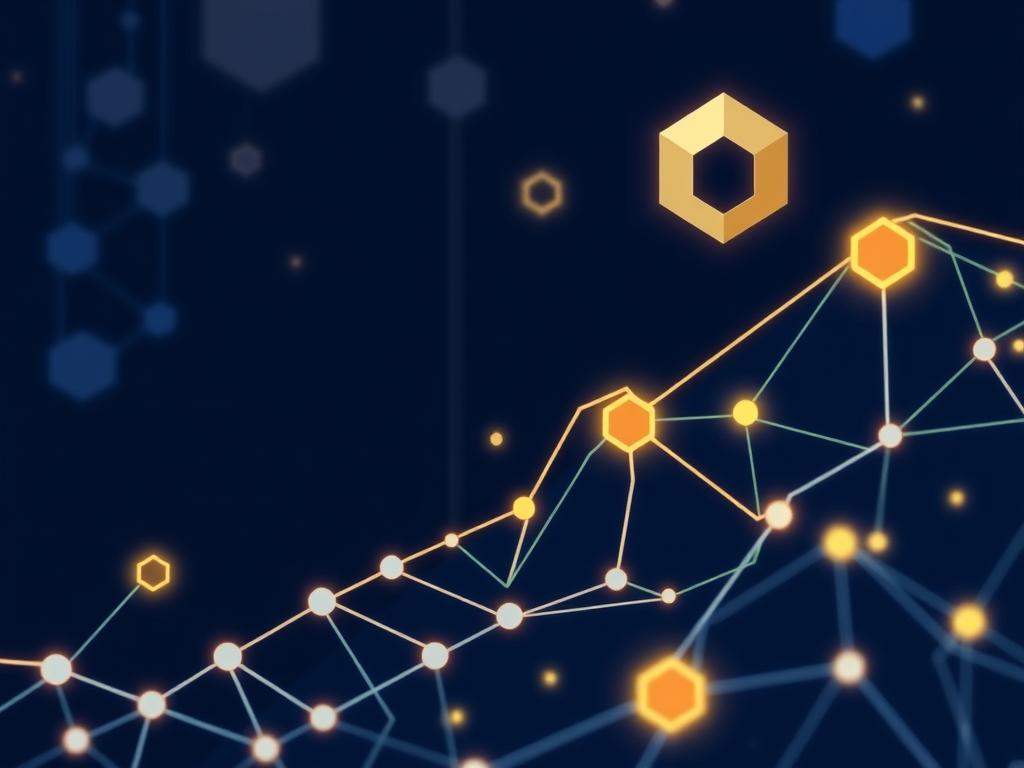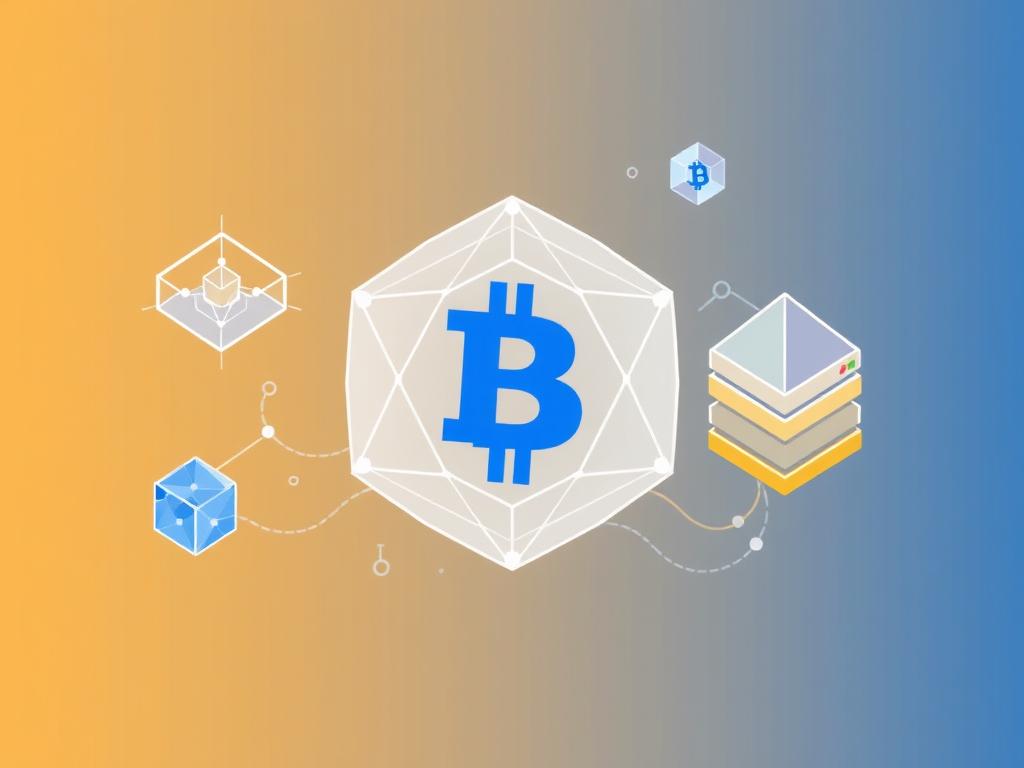Understanding Blockchain and Its Role in Decentralized Systems
Blockchain, often described as a decentralized ledger technology, has been making waves far beyond its initial application in cryptocurrencies like Bitcoin. At its core, blockchain is a secure, transparent, and tamper-resistant way of recording transactions or data in a distributed network. Unlike traditional centralized databases, blockchain distributes its data across multiple nodes, making it resilient to single points of failure and censorship. This decentralization feature is crucial to why blockchain can transform various industries, including supply chain, finance, and notably, software updates.
When we talk about decentralized systems, we’re referring to networks where no single entity holds control over the entire process. This approach contrasts sharply with centralized models where a single authority manages the data and operations. Blockchain’s decentralized structure ensures that information is verified and agreed upon collectively by the network participants before being permanently recorded. This consensus mechanism adds a layer of trust and security that is difficult to achieve in traditional update systems. Naturally, this has opened the door to explore how blockchain could innovate software maintenance—specifically through decentralized soft updates.
What Are Decentralized Soft Updates in Software?
Before diving into the blockchain connection, let’s clarify what decentralized soft updates are. In software engineering, a **soft update** is a technique designed to improve data consistency and reliability without the intense overhead of traditional synchronous operations. Soft updates allow software to carry out background updates asynchronously, ensuring that data integrity is maintained while improving performance.
When traditional soft updates are decentralized, the process of updating software doesn’t rely on a central server or authority. Instead, updates are verified, distributed, and installed across a network of users or nodes collaboratively. This method reduces bottlenecks, minimizes downtime, and increases the robustness of software deployments. Imagine a peer-to-peer network where every participant can verify and relay an update, ensuring that the software remains secure and reliable without relying on a centralized control mechanism.
Integrating Blockchain with Decentralized Soft Updates
The synergy between blockchain and decentralized soft updates is extremely promising. Blockchain’s intrinsic properties—immutability, decentralization, and transparency—help solve many of the challenges faced by conventional software update mechanisms.
One of the most significant issues in software maintenance is ensuring the authenticity and integrity of updates. Malicious actors might try to distribute fake or harmful updates, risking system security. Blockchain mitigates this issue by using cryptographic signatures and consensus algorithms that validate updates before they’re deployed. Every update transaction recorded on the blockchain is verified and cannot be altered once confirmed, providing a clear, tamper-proof audit trail.
Additionally, decentralized soft updates on a blockchain network allow for smoother and more efficient software distribution. Instead of funneling updates through centralized servers that might become overwhelmed or compromised, the update information is spread across multiple nodes. This distribution reduces the risk of downtime and single points of failure, enabling faster propagation of vital patches or enhancements to all users involved.
Benefits of Using Blockchain for Decentralized Soft Updates
The benefits of combining blockchain technology with decentralized soft updates are multifaceted. Let’s take a look at some key advantages in the following table:
| Benefit | Description |
|---|---|
| Enhanced Security | Blockchain’s cryptographic verification ensures only authorized updates are accepted, preventing software tampering. |
| Improved Transparency | All update transactions are recorded openly on the blockchain, allowing for traceability and accountability. |
| Fault Tolerance | Decentralized distribution avoids single points of failure, enhancing uptime and resilience during update rollouts. |
| Faster Propagation | Updates can be relayed peer-to-peer, reducing bottlenecks and expediting distribution even in large networks. |
| Reduced Costs | Eliminates the need for expensive centralized servers or infrastructure for update management. |
Furthermore, deploying decentralized soft updates via blockchain can foster a more community-driven approach to software development where contributors or users have greater confidence in the update process. This transparency helps build trust and can encourage more active participation and faster iteration cycles.
Real-World Applications and Examples
Blockchain-enabled decentralized soft updates are already being explored across various fields. Let’s explore some notable use cases to showcase their practical potential:
- Internet of Things (IoT): IoT devices often operate in environments with limited connectivity and diverse hardware. Using a blockchain-backed decentralized update system enables secure and efficient patch management without relying on centralized servers, which might not be feasible or reliable in remote locations.
- Open Source Software: By recording contributions and updates on a blockchain, open source projects can ensure that new code is securely integrated and quickly propagated to users, reducing risks of malicious injections and version mismatches.
- Gaming Platforms: Online games frequently require updates and patches. Blockchain technology can enable decentralized soft updates that allow players to seamlessly update game software while maintaining data consistency and reducing server overloads.
- Enterprise Software: Large corporations with distributed networks can leverage blockchain to synchronize updates across global branches in a secure and transparent manner, improving compliance and monitoring.
Challenges and Considerations in Implementing Blockchain-Based Soft Updates

While the promise of blockchain and decentralized soft updates is exciting, there are challenges that developers and organizations must consider. Firstly, scalability remains a concern as public blockchains often experience limitations in transaction throughput and speed. This can slow down the update process if a network becomes congested. Different blockchain platforms have varying mechanisms to address this, such as Layer 2 solutions or permissioned blockchains, but selecting the right architecture is crucial.
Secondly, the complexity of integrating existing systems with blockchain infrastructure may require technical expertise and significant initial investment. Legacy applications might not easily adapt to decentralized update models without substantial refactoring.
Privacy and data protection should also be taken into account. While transparency is a core strength of blockchain, sensitive update information must be handled correctly to avoid exposing proprietary or confidential data publicly. Hybrid blockchain designs that leverage both public and private layers can help balance transparency and confidentiality.
Lastly, standardization across industries and protocols is still evolving. Without agreed-upon standards, interoperability between different blockchain update systems can be limited, posing a hurdle for widespread adoption.
Key Components for Successful Implementation
To navigate the landscape effectively, here is a checklist of essential components required for deploying blockchain-enabled decentralized soft updates:
- Consensus Mechanism: Determines how updates are verified and agreed upon across nodes (e.g., Proof of Stake, Practical Byzantine Fault Tolerance).
- Cryptographic Signatures: Ensure authenticity and integrity of update packages.
- Network Architecture: Defines node roles, peer-to-peer protocols, and data propagation methods.
- Smart Contracts: Automate the deployment, verification, and rollback of updates.
- Security Audits: Continuous monitoring to detect and prevent attacks or vulnerabilities.
- User Access Controls: Manage permissions to allow only authorized participants to propose or validate updates.
Future Perspectives: The Growing Importance of Blockchain in Software Maintenance

As software ecosystems become increasingly complex and distributed, the need for more resilient, transparent, and scalable update mechanisms is undeniable. Blockchain-based decentralized soft updates provide a promising framework that addresses many long-standing challenges in software maintenance. With ongoing advancements in blockchain technology, such as improved scalability and interoperability, the adoption of decentralized updates is likely to expand significantly.
In the near future, we can anticipate blockchain-enabled update systems that are not only efficient but also democratize software management. Community-driven validation and update approval could become mainstream, fostering greater innovation and security. Moreover, integrating blockchain with emerging technologies like artificial intelligence and edge computing may create intelligent, self-healing software ecosystems that adapt in real-time.
The interplay between blockchain and decentralized soft updates marks an important evolution in how software is developed, maintained, and trusted—one that could redefine industry standards across the board.
Conclusion

Blockchain and decentralized soft updates together offer a powerful paradigm shift in software maintenance that is set to overcome many of the pitfalls of conventional update systems. By leveraging the decentralized, immutable, and transparent nature of blockchain, soft updates can be performed more securely, efficiently, and resiliently across distributed networks. Although challenges like scalability and integration remain, the benefits of improved trust, reduced downtime, and cost savings make this approach highly attractive. As the technology matures, we expect to see broader adoption across industries—paving the way for a future where software updates happen seamlessly, collaboratively, and with greater confidence for all users involved. This exciting fusion of blockchain and decentralized soft updates heralds a new era of smarter, safer, and more agile software development and deployment.

